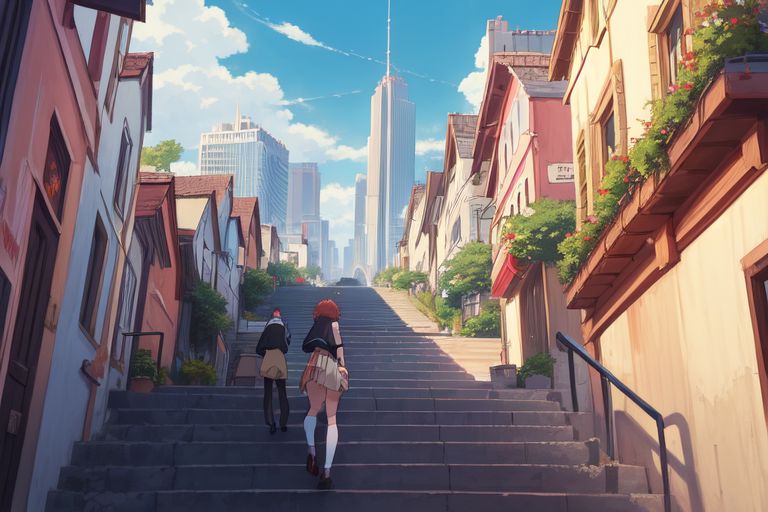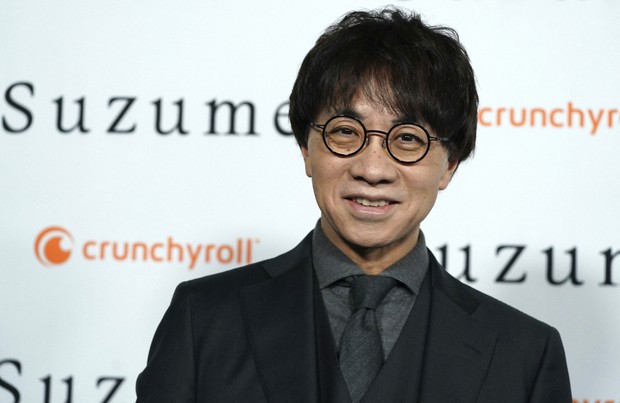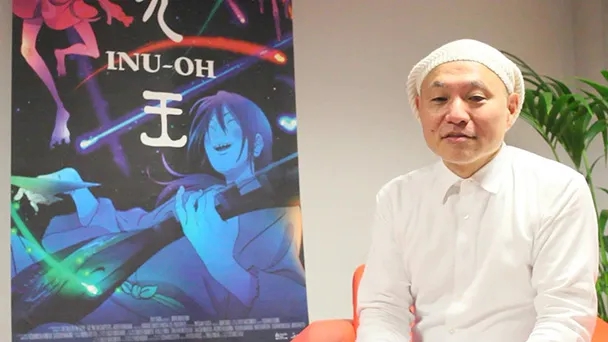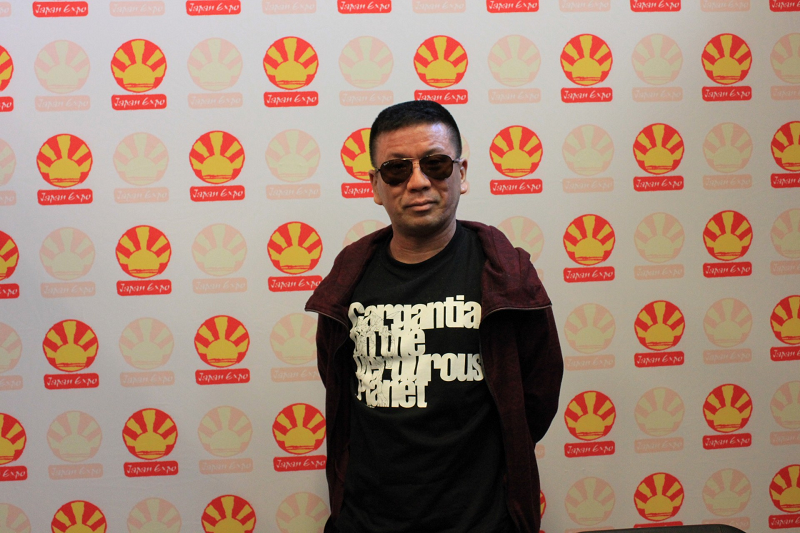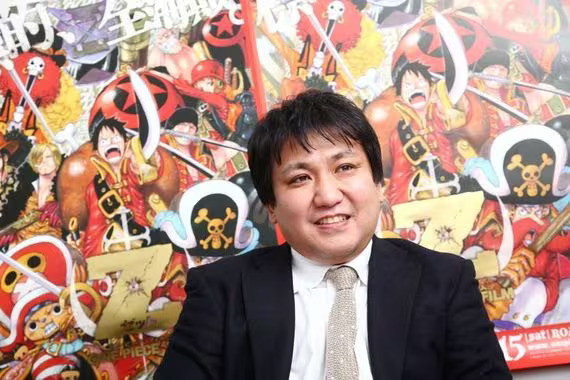Ask John: Who Will Influence the Future of Anime Development?
Question:
In light of the recent losses of influential manga artists such as Kentaro Miura, Kazuki Takahashi, Buichi Terasawa, Takao Saito, Kazuhiko Kato, and Kazuo Koike, which current artists do believe will influence the anime medium in the future? This is prominent as pioneers such as Hayao Miyazaki, Rumiko Takahashi, Goh Nagai, and Yoshiyuki Okumura approach retirement.
Answer:
Given my age, I don’t even know what a “hot take” actually is, but this may be one. Artists and creators had more opportunity to influence the development of the anime industry during the youthful and developmental ages of the industry. I’m not implying that the anime industry has reached a stagnancy; however, the industry now has a maturity that it didn’t yet have fifty or more years ago. Mitsuteru Yokoyama practically invented both the magical girl and robot anime genres because his Mahoutsukai Sally and Tetsujin 28 were among the earliest examples of their genres. Go Nagai revolutionized the industry by creating a magical girl for male viewers. He also practically launched the “super robot” genre. Leiji Matsumoto introduced the space opera to manga and anime. Yoshiyuki Tomino and Ryosuke Takahashi founded the “real robot” sub-genre. Although not as well remembered now, Yoshitake Suzuki introduced the first transforming robot. Rumiko Takahashi introduced the harem romantic comedy sub-genre. Functionally Masami Kurumada and Buronson practically co-established the modern shounen action genre.
In terms of animators, Isao Takahata is respected for depicting anime characters as believable, living people with daily lives and concerns rather than just characters used to advance a plot. Ichiro Itano is beloved as the creator of the “Itano Circus.” Hayao Miyazaki, following the lead of Isao Takahata, has become arguably history’s second most beloved animator following only behind Walter E. Disney. Osamu Dezaki not only gave anime his distinctive dramatic directorial style, he’s also responsible for the first use of computer-generated graphics in anime.
All of these firsts were inevitable advancements. Had not these specific creators contributed, someone else eventually would have. But now that anime has existed for 66 years, the probable majority of “firsts” for the industry have all happened. Moreover, prior to the digital era fewer opportunities and means existed for individuals to share their creations and artistic talent. For a manga to become widely known, it had to be professionally published and distributed. With very rare exceptions, for an anime to reach a large audience, it had to be professionally produced. The digital era has both shattered and changed those limitations. Individual independent creators in the modern era have more opportunity than ever before, by a wide margin, to influence their peers. Moreover, the existence of self-published pop-culture light novels, video games, web blogs, and software programs such as Yamaha’s “Vocaloid” synthesizer that didn’t exist fifty years ago now offer so many more creators more opportunity to influence the anime medium. Historically manga artists have arguably been the biggest influence on the anime industry. Contemporary history seems to confirm the fact that in the digital era manga artists are no longer the most prominent influences in the development of the anime production industry.
Hayao Miyazaki is globally beloved as the world’s greatest living animator. He began animating professionally in 1963 and directed his first feature film in 1979. Video game animator Makoto Shinkai released his first solo-created anime short in 1996. As of this writing, both men are responsible for three of the ten highest grossing in Japan anime movies ever. In less than 30 years, Makoto Shinkai has created and directed a third of the highest grossing anime films of all time, placing his box-office record equal to that of Miyazaki. Put another way, a self-taught independent artist who started out animating in his own apartment with his girlfriend doing voice acting has risen in just 28 years to being one of the two most successful anime creators in history. Even if Makoto Shinkai’s distinctive visual style and heartfelt storytelling isn’t alone influential, his life story should be for future generations of aspiring artists.
Masaaki Yuasa isn’t a newcomer to the anime industry. However, he is arguably the industry’s highest profile eclectic, esoteric, “indie” anime director. Including Nekojiru-sou (2001), Mind Game (2004), Kaiba (2008), Yojouhan Shinwa Taikei (2010), Yoaketsugeru Lu no Uta (2017), Devilman Crybaby (2018), and Inu-Oh (2021) just to name a few, no other professional Japanese animator has been so devoted to developing so many unusual, expressionistic and experimental mainstream anime releases. He’s also directed an episode of the French animated series Wakfu and the American series Adventure Time. Any and every contemporary student of animation has to be aware of Yuasa’s work and likely can’t escape some sort of reaction to and influence from that work. If nothing else, Yuasa’s output demonstrates what sort of creative and artistic flexibility is possible within mainstream commercial animation in Japan and abroad.
Regardless of one’s fondness for his writing, Gen Urobuchi might be called contemporary Japan’s Philip K. Dick or Robert Heinlein despite Urobuchi seemingly taking prominent inspiration from Philip Dick, in particular. His Puella Magi Madoka Magica launched an entire sub-genre of deconstructive, existential magical girl anime. His Godzilla anime movie trilogy introduced a shockingly unique perspective on the aged franchise. His Fate/Zero has arguably overshadowed even Kinoko Nasu’s originating Fate/stay night series. Urobuchi’s Psycho-Pass franchise might not exist without the prior work of Philip K. Dick and Isaac Asimov, but the Psycho-Pass franchise has been undeniably massively successful as well as influential, particularly in blending speculative science fiction with political speculation.
One manga creator whose influence may still become prominent is Eiichiro Oda. The One Piece manga is now 27 years old, the anime series 25 years old, meaning that right now fresh Japanese young adults entering the entry levels of Japanese anime production studios have spent their entire lives growing up alongside One Piece. Some of these new, young professional animators may draw inspiration from the characteristics of One Piece. Others may deliberately try to evolve their styles in opposition to Oda’s.
